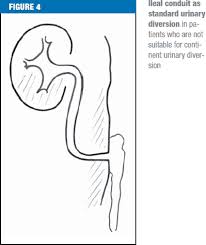Orchiectomy
Objective
In case of
• Tumor or torsion of testis
- Torsion of testis
• Removal of testicles.
Position
Supine.
Anesthesia
General.
Procedure
1. Incision can be made transcrotally or inguinally.
2. The testis is identified, the spermatic cord ligated and the testis are removed.
3. Repeated bilaterally if required.
4. For testicular malignancy, high ligation of the spermatic cord is done.
5. Radical lymphadenectomy may be performed through an abdominal incision to the level of the transection of the spermatic cord, are removed. A testicular prosthesis may be placed at the time of orchiectomy.
6. Wound is closed.
Instruments
General Set
• Cord hook (Fig. 11.17)
• Cord clamp.
Any questions be sent to drmmkapur@gmail.com
All older posts are stored in archives for access and review.
Visitors that follow may post contributions to the site.
To create consumer/provider engagement visit www.surginstruatlas.blogspot.com




